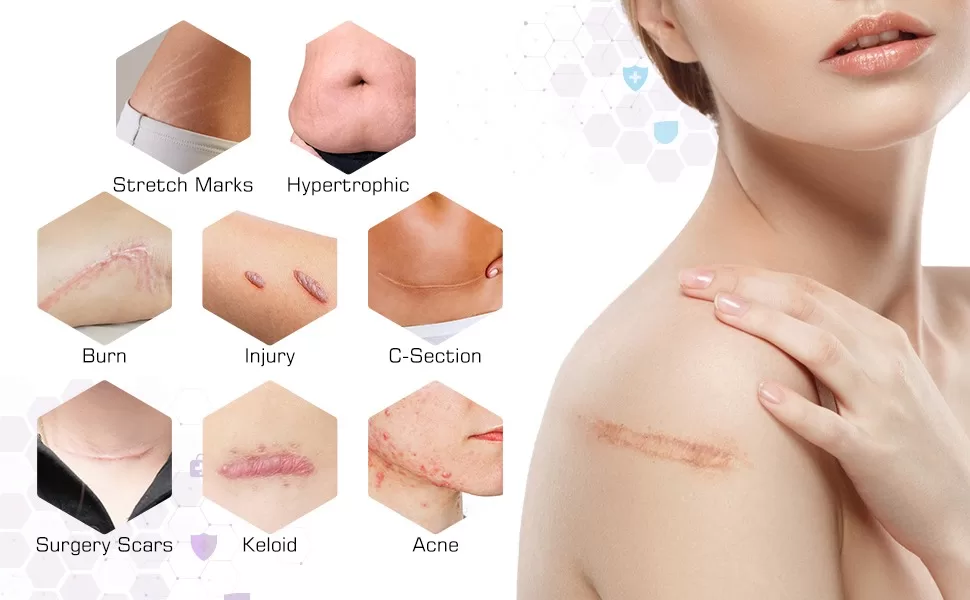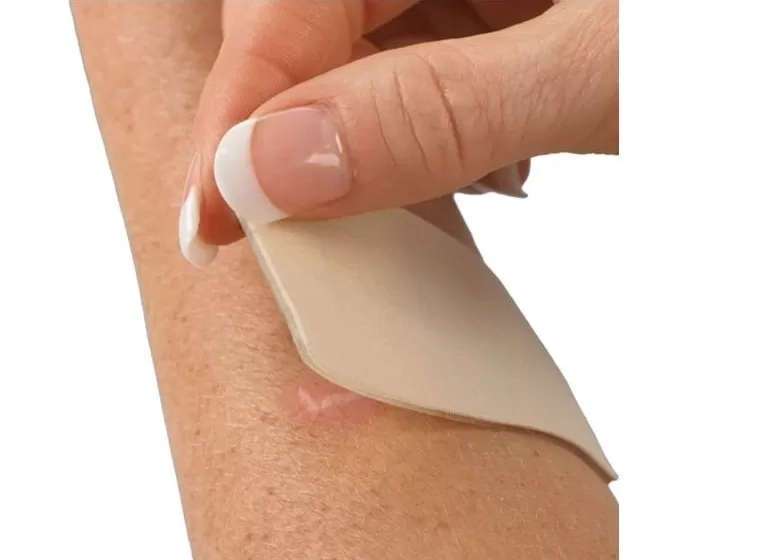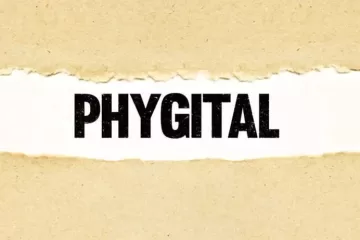
Introduction
Scars, which are enduring imprints resulting from our experiences with minor misfortunes in life, may evoke feelings of self-awareness and unease. While many scars may gradually diminish in prominence as time passes, others, particularly elevated or hypertrophic scars, have the potential to endure, serving as an enduring testament to previous traumas or surgical procedures. Fortunately, the field of skin care has just created a groundbreaking treatment to effectively tackle these persistent scars: silicone scar tape.
The Chemistry Behind Silicone Scar Tape
In contrast to conventional medical tapes which depend on adhesives for securing dressings, silicone scar tapes use a distinct method of action. These tapes are comprised of silicone gel that meets medical standards, and they create a mild occlusive barrier on the skin, imitating the natural conditions necessary for wound healing. The silicone gel layer functions via many mechanisms to facilitate the decrease of scars.
Hydration
The moisture-retaining characteristics of silicone contribute to the maintenance of scar hydration, mitigating dryness, and facilitating collagen formation, which is an essential factor in fostering optimal skin health.
Pressure Therapy
Pressure therapy involves the use of silicone tape to put mild pressure on the scar, resulting in the flattening and softening of the scar tissue, thus minimizing its visibility.
Barrier Function
Silicone functions as a protective barrier, safeguarding the scar from further irritation or harm, hence facilitating uninterrupted healing.

Painless Removal and Comfort
One notable benefit of silicone scar tape in comparison to conventional medical tapes is its ability to be removed without causing discomfort. In contrast to adhesive tapes, which have the potential to cause skin irritation and discomfort when removed, silicone scar tapes have the advantage of easy release without inducing pain or discomfort. Moreover, the pliable and supple nature of silicone facilitates a pleasant experience, enabling individuals to wear it without discomfort, even while engaging in activities such as sleep or physical exertion.
The Rise of Silicone Scar Tape on Social Media
The increasing use of silicone scar tape has been seen in recent years, mostly attributed to its extensive visibility on social media platforms such as TikTok. The product’s efficacy has been shown via videos that have accumulated more than 3.9 billion views exclusively on the social media platform TikTok. These videos include individuals discussing their favorable encounters with the product and displaying remarkable improvements in scar appearance.
The emergence of this social media phenomenon may be ascribed to many factors:
Visual Appeal
The concise and video-centric structure of TikTok offers an optimal platform for demonstrating the observable enhancements in the visual aspect of scars.
User-Generated Content
The inclusion of real-life testimonials and before-and-after comparisons provided by other users enhances the credibility of the product’s claims.
Accessibility
The accessibility of information on silicone scar tape has been greatly enhanced by the extensive use of smartphones and the broad adoption of social media platforms, resulting in its availability to a worldwide audience.

MedicalTok: A meta trend of At-Home Medical Advice
Silicone scar tape is categorized under the larger phenomenon of MedicalTok, a subgenre prevalent on many social media platforms that centers on the dissemination of do-it-yourself medical strategies, guidance, and endorsements of specific products. This phenomenon has arisen in conjunction with an increasing fascination with self-care and alternative medical modalities.
The Influence of TikTok on Healthcare Decision-Making
The impact of TikTok on healthcare decision-making is unquestionable. Based on a report by Forbes, it has been observed that a notable proportion of 20% of individuals in the United States choose to seek health advice from TikTok prior to engaging in discussions with medical professionals. This phenomenon underscores the need for healthcare practitioners to actively participate in social media platforms in order to provide precise, evidence-based information and counteract possible dissemination of misinformation.

Conclusion
The use of silicone scar tape has recently emerged as a potentially advantageous approach for minimizing scars, presenting a non-invasive treatment option that is both efficacious and devoid of discomfort. This method offers a viable alternative to conventional techniques. The increased visibility of this unique product on social media platforms has played a significant role in raising knowledge among people, giving them the ability to make informed decisions on their scar management process. Nevertheless, it is important to get guidance from a dermatologist or healthcare professional in order to assess the appropriateness of silicone scar tape for specific requirements and to guarantee correct use and subsequent maintenance.















